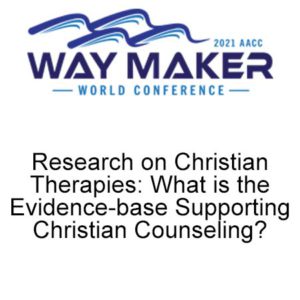Description
115: She Said, He Said: How to Determine Who is Telling the Truth When Emotional Abuse is Present
Annette Oltmans
The M3ND Project, Inc.
350 Forest Ave., #488
Laguna Beach, CA 92652
Karla Downing, M.A.
Licensed Marriage and Family Therapist
Change My Relationship
18351 Buena Vista Ave.
Yorba Linda, CA 92886
Summary
Psychologists, licensed mental health professionals, coaches, and pastors often find that counseling conflicted couples can be some of their most difficult encounters. When assisting couples in crisis, one must consider the possibility of covert emotional abuse. Many psychologists and licensed mental health professionals miss the signs and red flags of covert emotional abuse because of the lack of adequate definition. This reduces the therapist’s ability to uncover who is telling the truth. Recognizing these signs in each partner is paramount to effective work with a couple in crisis. Identifying covert emotionally abusive behaviors can be the catalyst to real hope and change for a couple struggling, but also being aware of the major pitfalls of couples therapy when there is any form of abuse since this can exacerbate the victim’s PTSD into Complex PTSD. Complex PTSD is not yet in the DSM-5; however, it is recognized in the ICD-11, which is important for any mental health professional to be aware of. Psychologists and licensed mental health professionals need options for effective counseling with a couple in crisis when emotional abuse is a factor, and the presenters will effectively explain these options.
Learning Objectives
Participants will:
• Recognize the signs and symptoms of emotional abuse, as well as understand the biological and physical presentations of both victim and abuser
• Identify covert emotionally abusive behaviors enabling the psychologist and licensed mental health professional to bring clarity to the couple, which is the first necessary step toward healing for clients
• Analyze why couples therapy is mostly contraindicated when any form of abuse is present and apply the proper courses of therapy for both individuals





